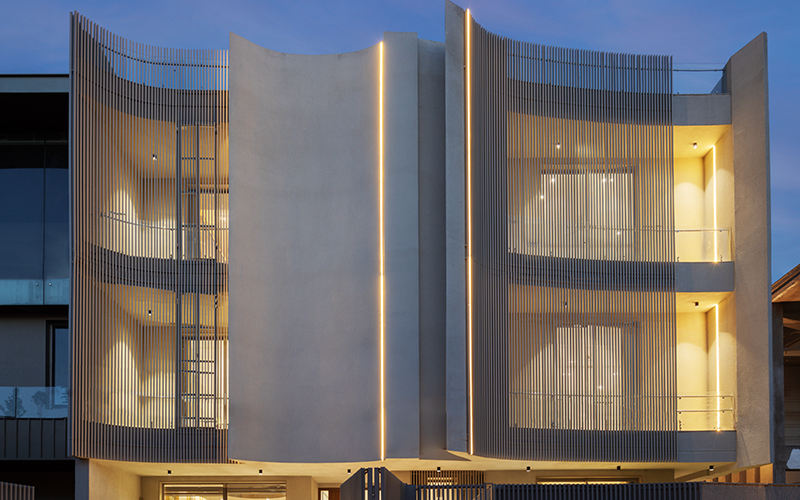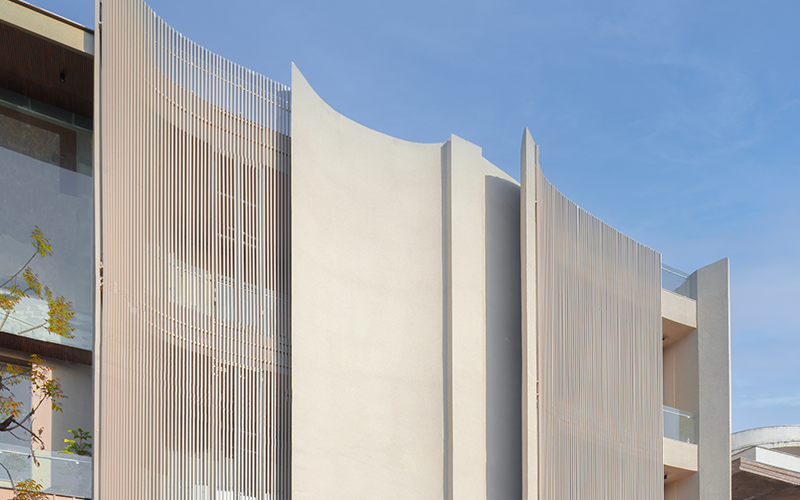
The Future of Living: Embracing Sustainability in Our Homes
In a world where environmental challenges are escalating, the concept of sustainable living has transitioned from being a trend to an essential lifestyle choice. At the heart of this movement lies the need for sustainable homes—spaces designed to minimize environmental impact while maximizing comfort, efficiency, and well-being.
What is a Sustainable Home?
A sustainable home is not just a building; it’s a commitment to living harmoniously with nature. These homes are designed to reduce energy consumption, optimize resource use, and incorporate eco-friendly materials. From solar panels to rainwater harvesting systems, every element works toward creating a home that is environmentally conscious and future-ready.
Why Choose Sustainable Living?
-
Environmental Responsibility
Sustainable homes significantly reduce carbon footprints, helping combat climate change and preserve resources for future generations.
-
Cost Efficiency
Energy-efficient systems and renewable energy sources lower utility bills, offering long-term financial benefits.
-
Improved Health and Comfort
Sustainable homes prioritize natural lighting, ventilation, and non-toxic materials, creating healthier and more comfortable living spaces.
-
Enhanced Property Value
With growing awareness of sustainability, eco-friendly homes are becoming highly desirable, increasing their market value.
Key Features of Sustainable Homes
-
Energy Efficiency
Using LED lighting, energy-efficient appliances, and insulation systems reduces energy consumption significantly.
-
Water Conservation
Rainwater harvesting, low-flow fixtures, and greywater recycling systems ensure efficient water management.
-
Eco-Friendly Materials
Incorporating recycled, locally-sourced, or renewable materials reduces environmental impact while ensuring durability.
-
Smart Technology
Integrating smart home technologies optimizes energy use and offers seamless control over heating, cooling, and lighting systems.
-
Green Spaces
Rooftop gardens, vertical greenery, and community gardens enhance biodiversity and air quality
How to Transition to a Sustainable Lifestyle?
- Start Small: Replace traditional bulbs with LEDs, segregate waste, and adopt energy-saving habits.
- Invest Wisely: Choose appliances with high energy ratings and install solar panels if possible.
- Think Green: Incorporate plants indoors and opt for furniture made from sustainable materials.
- Engage Community: Advocate for sustainable practices within your neighborhood or housing society
A Call to Action
Sustainable homes are not just a choice—they are a necessity in today’s world. By embracing sustainable living, we contribute to a healthier planet, improve our quality of life, and create a lasting legacy for future generations.
It’s time to rethink the way we live and build homes that reflect our responsibility toward the environment. Let’s step into the future by living sustainably today.
Start your journey toward sustainable living—because the planet deserves it, and so do you.








